Russia to deploy tactical nuclear weapons to Belarus
30 Mar 2023
Location(s): Russia; Belarus
Date of event: 25 March 2023
What happened: Russia announced it would deploy tactical nuclear weapons to Belarus, though it formally maintains the non-proliferation regime. Neither Washington nor the North Atlantic Treaty Organization (NATO) sees any changes in the existing nuclear risk coming from Moscow. However, the announcement may lead to further militarization in the region and further jeopardize the global arms control system.
Event details
On 25 March 2023, Russian President Vladimir Putin said Moscow would relocate some tactical nuclear weapons (TNWs) from Russia to Belarus. He did not provide any timeline for the actual deployment but indicated that the construction of the TNW storage facility is supposed to be completed by 1 July 2023. Belarus Armed forces already have ten aircraft capable of carrying TNWs and have received Iskander short-range ballistic missile systems (nuclear-capable missile systems).
According to Putin, the reason for such actions was that the United Kingdom authorities decided to supply Ukraine with commonly used ammunition containing depleted uranium alongside Challenger 2 battle tanks. Putin referred to Minsk’s request to host Russian tactical nuclear weapons in Belarus, claiming to mirror US actions in Europe.
Analysis
Discussions around the deployment of nuclear weapons to Belarus are not new. In February 2022, Belarus’ Constitution was amended, renouncing its neutral and non-nuclear status. In June 2022, Putin announced sending Su-25 aircraft capable of carrying TNWs and Iskander missile systems, both nuclear-capable units. On 28 February 2023, Vladimir Putin signed a law suspending Russia’s participation in the Strategic Arms Reduction Treaty (START).
On 22 March 2023, the Russian Ministry of Foreign Affairs announced that the probability of a nuclear conflict was higher now than in previous decades. The same day, however, Putin called on nuclear states not to place nuclear arms abroad in his joint statement with Chinese leader Xi Jinping, likely referring to the US.
Moscow’s inconsistent rhetoric and recent statement likely respond to accelerated Western weapons supplies.
Impact
Observers doubt Russia will deploy TNWs to Belarus. In the case of nuclear positioning, Russia will likely keep control over TNWs in Belarus to formally maintain a non-proliferation regime, not allowing the spread of nuclear technology or control of the nuclear weapons (NWs) by Minsk. It took Moscow almost six years after the Soviet Union’s fall to negotiate and guarantee the withdrawal of NWs from Belarus. Lukashenka often expressed regret that Belarus gave up nuclear weapons.
As of March 2023, neither Washington nor NATO sees any changes in the existing risk of Moscow using nuclear weapons in the war. Nor do they see the need to reconsider NATO’s nuclear posture.
Unlike Strategic NWs (the long-range, intercontinental NWs referenced in the START), TNWs are smaller. They are meant to be deployed on the battlefield to strike large contingents of troops or as ‘bunkers busters’. Military analysts seem to agree that Russia would not draw tactical benefits from using TNWs at this time since they could achieve explosive impact with conventional weapons that do not leave behind radioactive contamination.
Although the deployment of NTWs to Belarus would likely not change the immediate situation from a military perspective (Russia already has NWs positioned in Kaliningrad), it might change the perception of the risk of nuclear warfare on the European continent, legitimizing it in public discussions and resulting in the further militarization of the region (NATO to position more air defense systems, etc.). Moscow’s decision to suspend participation in the START has already challenged the post–Cold War arms control system.

